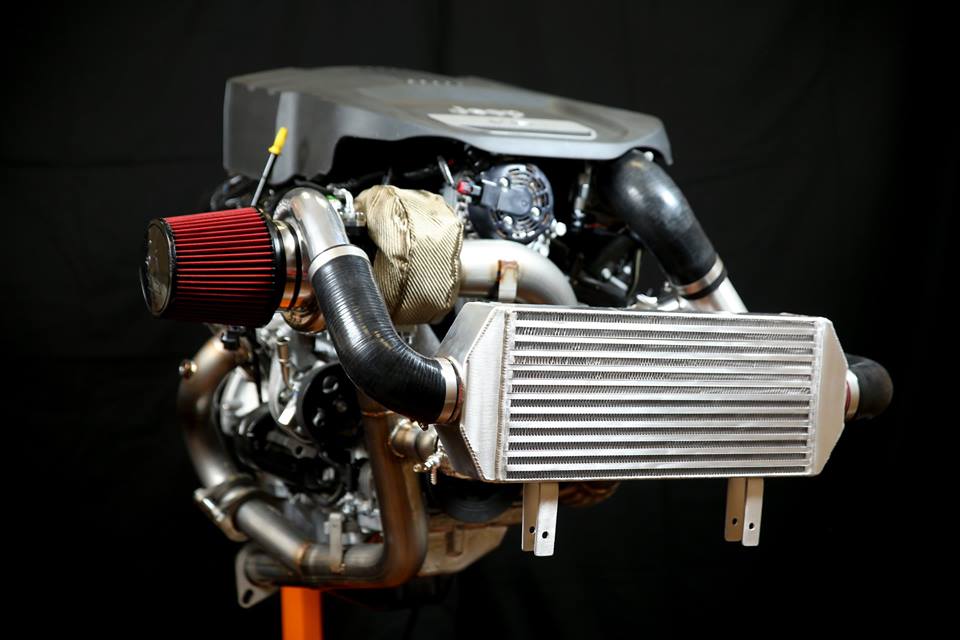Just be sure to send it to them properly revised with my own correction of myself that it's all relative to atmosphere rather than the intake manifold. I got it wrong initially, but my error was really irrelevant to the point I was trying to make.
My revised summary of my understanding/explanation of volumetric efficiency:
The ratio of the amount (number of molecules) of fresh intake air that enters into the cylinder compared to the amount (number of molecules) of air present in a cylinder-displacement volume of local ambient atmosphere, expressed as a percentage.
Like you've pointed out a couple times, it's the amount of air (molecules) that matters, which is why I said "volumetric efficiency" is a bit of a misnomer. Volume alone does not describe an amount of air.
I never claimed it did. I only mentioned TiAL's wastegate spring ratings that are based on an assumed 1:1 exhaust:boost pressure ratio. See the fine print in the lower-right of this image:

Now I could be completely misinterpreting this, so please correct me if I'm wrong. They only mention "back pressure", which I assume to be exhaust back pressure. And it's a ratio of "back pressure" to something. Since a wastegate involves a balance between exhaust pressure and boost pressure fighting against the spring pressure, I assumed they are referring to a ratio between exhaust back pressure and boost pressure.
The spring in the Stage 2 turbo kit is rated at 7.25 psi, but it produces about 8.2 psi when used in this particular kit. Therefore, if that ratio TiAL refers to is correctly an exhaust:boost pressure ratio, then my exhaust:boost pressure ratio must be less than 1:1.
I have been unable to find anything that explains what "back pressure ratio" is in terms of a wastegate or turbo system. If anyone can point me to info about this, please do.
I previously claimed that due to this, boost pressure would be higher than exhaust back pressure in the 1800 rpm 0.3 psi situation being discussed. I now admit that I don't understand this exhaust:boost pressure ratio stuff enough to make that assumption. The more I think about it, the more I expect that exhaust:boost pressure ratio would not be constant, but would vary throughout different engine speeds and engine loads. In fact, I'm pretty sure a couple psi of exhaust back pressure is pretty normal even for a NA engine, which is clearly more than the amount of boost in that situation. The turbo would almost certainly create more back pressure than the stock exhaust system... then flow from this idea back to my previous post about how the extra back pressure would lead to lower volumetric efficiency...





 Reply With Quote
Reply With Quote



Connect With Us